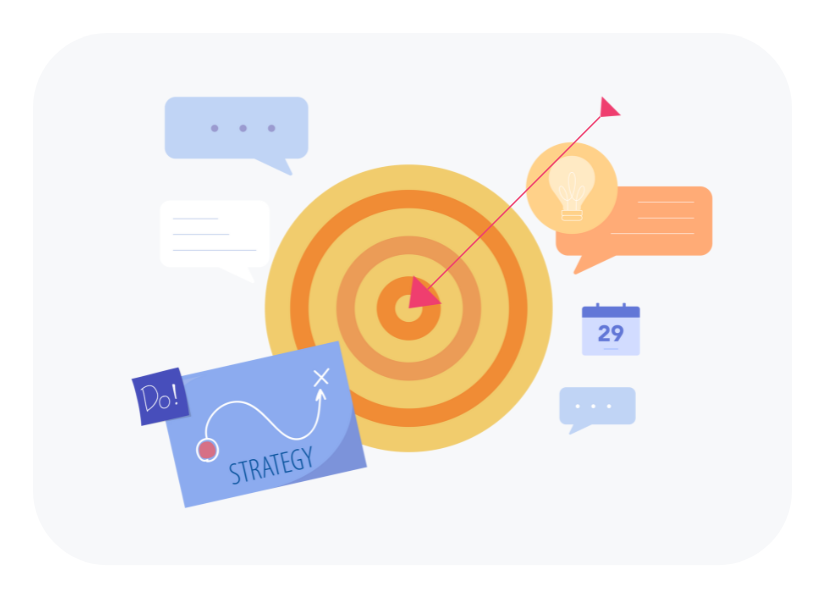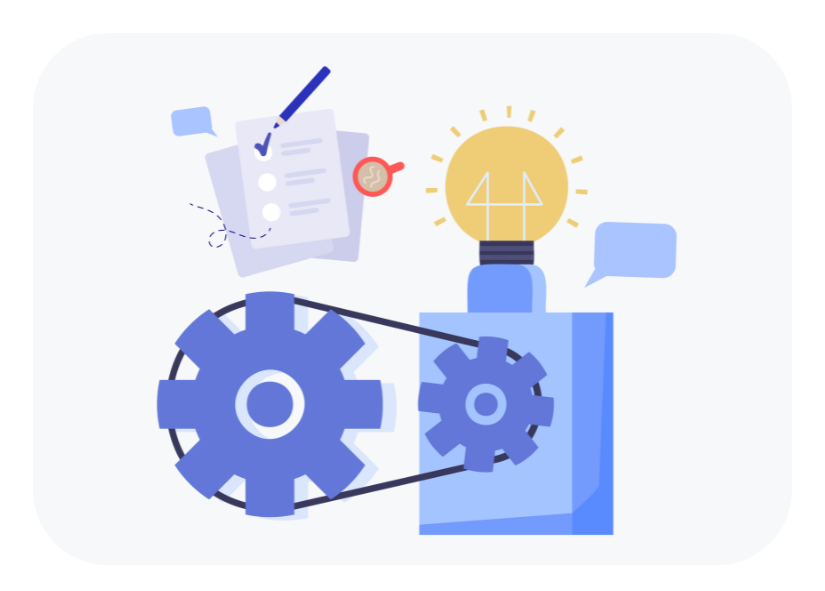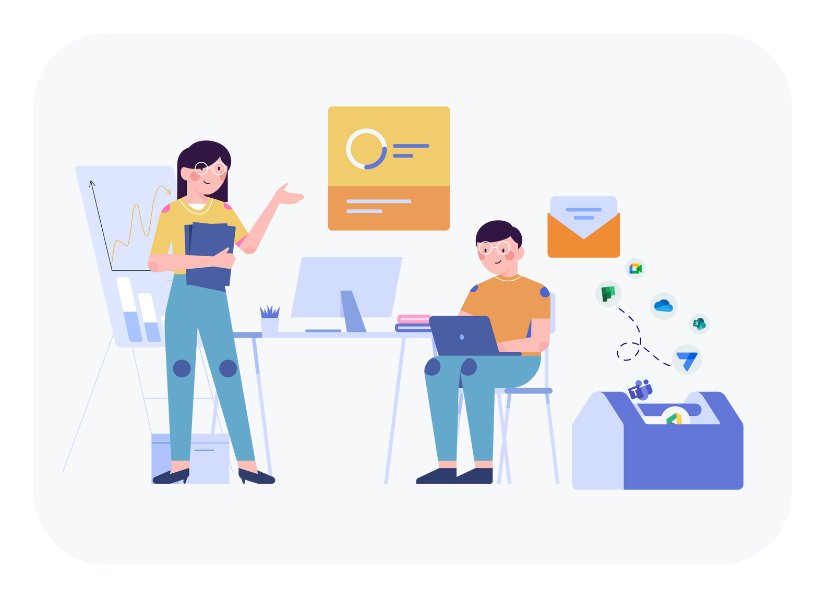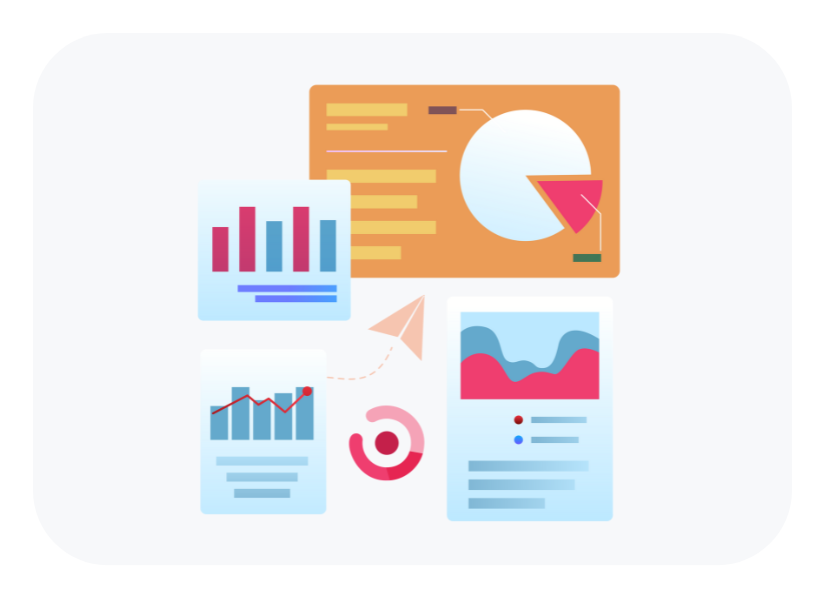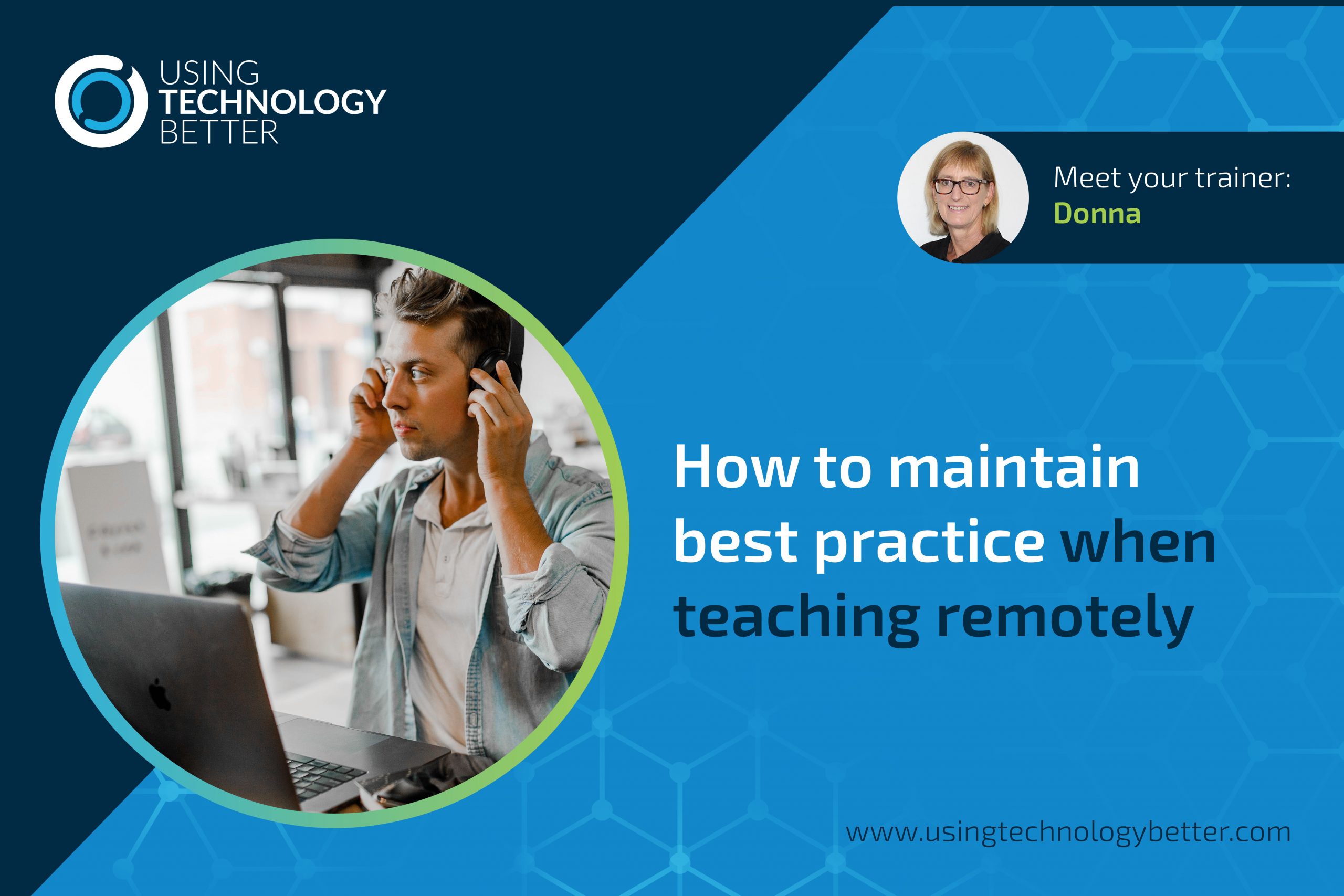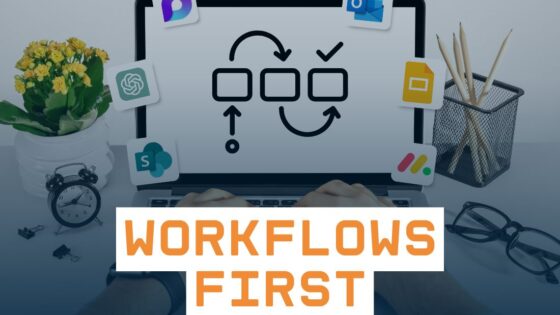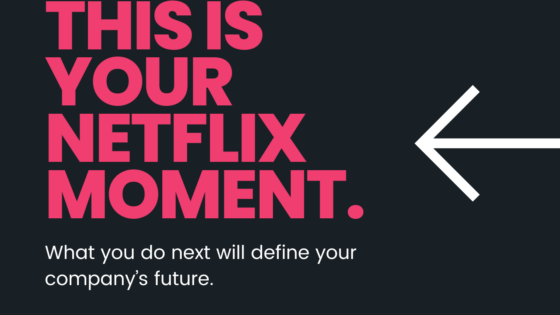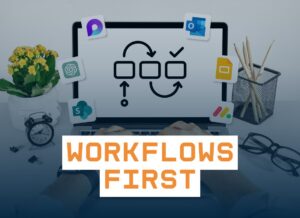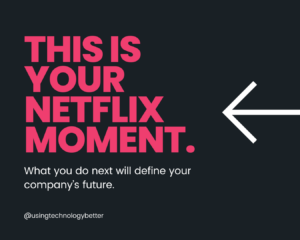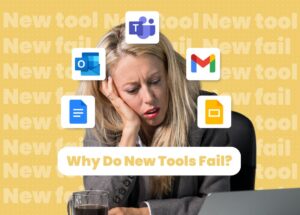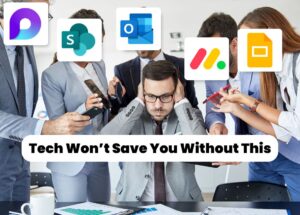The nature of education is a continually changing landscape and over the years the way it has been delivered should be altering significantly. Sometimes these changes are driven by education research and sometimes they are driven by societal or business influences. Currently many schools across the world are facing a marked shift in how they deliver their curriculums – driven by an outbreak of the coronavirus. This has forced many schools to suddenly shift to delivering their learning in a completely online, virtual world – something that has previously been a foreign concept for many teachers, and their learners.
I’ve been thinking about this a lot recently as I’ve read about the experiences that many people are sharing on forums such as Twitter and Facebook. And I’ve been thinking about how what they are sharing not only applies to this relatively new way of teaching, but how it also applies to what we should all be thinking about when it comes to good teaching practices in a digital age.
[bctt tweet=”What constitutes best practice when teaching remotely? #edtech #edchat #teaching #utbPD”]
If this way of teaching is new to you, or you are in a school that has closed its doors for a few weeks and you’re now delivering learning completely online, here are a few ideas to help you maximise your delivery….
Set clear boundaries and provide a structure for your students
Just as you would if your students were in a physical classroom with you, set the boundaries within which you expect your students to work. We all need some structure in our lives, and if your learners and their families clearly understand what this will be from the beginning, it will be easier for everyone to work together collaboratively.
Let your students and their families know the time frames that you will be online and set a time when you can all meet as a class. This will of course differ depending on the age of your students, but having clear expectations from the start will help everyone make the adjustments.
Also set clear expectations around the completion of work – just as you would in your physical classroom. By using awesome tools like Microsoft Teams or Google Classroom you are able to add due dates to the work you assign students. This helps them to stay organised with their tasks and to know when work needs to be completed by.
[bctt tweet=”Set due dates on tasks to help Ss organise themselves #GoogleClassroom #MicrosoftTeams”]
Be proactive in following up on students who fall behind – just as you would in your normal classroom practice.
Make the learning outcomes clear for your students
All too often I’ve seen teachers write a learning intention or learning objective on the board or across the top of a task – that has then been all but ignored by the students. To be worthy of the students paying any attention to them, intentions or objectives need to be discussed before the task and in consultation or in discussion with the students.
Quite often I would give nothing at the beginning of the task, and then ask the students, once they’d started, what they were learning – and then construct the desired outcome with them.
Most importantly – whatever term you use to name it – to be of value to your students, it should be about the learning and skills, not about the task.

__________________________________
1 Mahajan, Mrunal & Sarjit Singh, Manvender Kaur. (2017). Importance and Benefits of Learning Outcomes. IOSR Journal of Humanities and Social Science. 22. 65-67. 10.9790/0837-2203056567.
[bctt tweet=”Learning objectives should be about skills & learning- not tasks #edchat #utbPD!”]
Here a few ideas to think about:
- use the Flipgrid Shorts tool and create a quick video to send to your students along with the task, explaining the learning or skills they need to think about.
- utilise the chat feature in Microsoft Teams to have a conversation with your students about the learning outcomes you’re aiming for.
- utilise the chat feature in Google Hangouts or the post to Stream feature in Google Classroom.
- For face to face conversations about your learning objectives, schedule a time for meeting in Teams or a Hangout Meet in Google to clarify outcomes for students.
Of course it goes without saying that the learning needs to continue to be meeting your normal curriculum expectations.
Give your students prompt and relevant feedback
I really love this graphic from the Cult of Pedagogy blog that clearly shows the differences between feedback and feedforward. We should always be striving to grow our students and when they are working remotely we need to think about how we could do this as efficiently as we do when we are physically in the class with them.

Google Classroom has a great feature for giving feedback promptly to students, including the ability to give private comments that only a particular student can see. You can also give students feedback and feedforward easily in Microsoft Teams by using the assignment feature.
Other tools that you could use are:
- Flipgrid: This lets you, or other students, quickly record a video to give feedback or feedforward on students thinking
- Seesaw: The recording tool in Seesaw is a great asset – you can quickly record your voice to leave a comment on students’ work.
- Book Creator: Has a voice recording tool that could be used to give students feedback.
- iPad screen recorder: the screen recording function on an iPad is perfect for this also
The tool that you use is not the important thing – what is vitally important is the quality of the comments you leave for your students. Utilising video or voice recording tools help you to maintain that connection and relationship with your students. So even if your students are not remote learning at the moment you might consider giving it go as well.
Make the learning authentic
Finally, make the learning engaging and real – just as you would if your students were in your physical classroom.
Teachers are on a steep learning curve in how to use digital tools purposefully and meaningfully in a way that does more than just encourage students to consume digital content. But this idea of simply not consuming, but creating, digital content should be standard practice in any classroom.
Just because your students are working digitally doesn’t mean they should be asked to complete loads of digital worksheets.
[bctt tweet=”No matter how you’re delivering learning it needs to be #authentic and #relevant #edchat #utbPD!”]
The tasks you give your students need to encourage them to interact with their peers – it’s super easy to collaborate on Google tools as it is on Microsoft tools that are shared online. These situations are also a fabulous opportunity to reinforce digital citizenship and netiquette with all of your students. UTB has some great blogs on redesigning digital tasks here, but as you would in your day to day practice, keep the learning authentic to your students needs.
Of course – it’s just as important to look after your wellbeing and the wellbeing of your students throughout these times. I’m going to leave you with this lovely tweet from Sonya terBorg @terSonya

For more ideas on efficient digital workflow in remote situations read Adrian’s blog Protecting your workflow from the Coronavirus and natural disasters by utilising Microsoft Teams.
